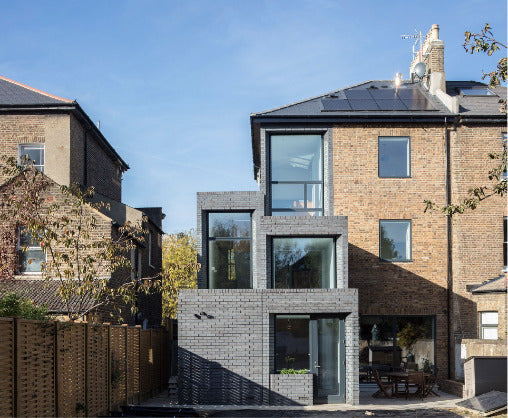The need for extra living space is a common issue many families face. How much space you have available can impact how easy it is to meet your growing needs. Extending, altering or adapting your existing accommodation can often be a cheaper option than moving house and in the case of meeting the needs of elderly family members downsizing can be worth exploring too. However, with the rising costs in the care sector and housing market, affordability is becoming a growing concern for many families. Fortunately, a garden annexe or lodge can be a perfect solution to this ever-increasing modern-day problem.
In this blog we will cover three questions that relate to annex accommodation;
- What is the planning definition of annex accommodation?
- What different types of annex accommodation exist?
- Will the Council restrict the occupation of my annex accommodation?
What is annex accommodation?
Annex accommodation is often described in the trade as ‘a granny annexe’. However, it can be for any family member and not just a granny. Annex accommodation can offer additional space for teenagers, dependent or non-dependent relatives, and extended family members with or without accessibility or extra care needs.
A residential annex is an ancillary accommodation occupied in connection with the main house as one household. The occupier will live at the same sole postal address, be on the electoral register and, as a general rule, share some everyday facilities such as washing and meals with occupiers of the main house. One type of annex accommodation that has become increasingly popular is the one-bedroom granny annex. This self-contained living space is a great solution for families with older generations who are more active and living longer, healthier lives. For more information and videos, please view our case study on the Blog page.
The creation of most annexes requires planning permission for which you must apply to your local planning authority.
What different types of annex accommodation exist?

There are two types of annex accommodation. The most common type is that which is joined and attached to your existing house which might involve extending or converting your existing home.
The second type is detached, separate accommodation within the planning unit of your garden. This could involve converting an existing domestic garage or outbuilding or it might involve constructing something new like a cabin or garden building.
When applying for planning permission for annex accommodation, a key essential planning consideration is the proposed design. This applies to new build, extensions, separate structures and conversion to existing buildings to create annexes.
Some Councils, also known as Local Planning Authorities (LPAs) provide specific design guidance for annex accommodation. You should check what, if any local rules, exist in your area as these will determine what will be acceptable when you make your planning application. Also, note that some LPAs may limit the maximum size of an annex. When designing the annex accommodation, you should be mindful of the size and scale of the existing host accommodation. The build should be no bigger than what is absolutely required to accommodate the dependent/s.
In my experience, most LPAs will generally restrict the maximum size of annex accommodation to no more than one bedroom. The main existing garden must remain shared and not include any enclosed areas physically separated by the use of fences or gates. It is important to check with the local planning department before installing any annex accommodation to ensure that it meets all necessary requirements and does not require planning permission. We have some more resources to help with understanding planning permission if you'd like to read.
Will the Council restrict the occupation of my annex accommodation?
In some cases, LPAs add planning conditions to a planning permission to ensure they can control the extent of the development and ensure the activity taking place in the new annex accommodation does not change or cause harm to its occupiers or your neighbours in the future. It is not uncommon for LPAs to add conditions to approvals for annexes to control occupancy.
For example, in the case of a separate building being in the open countryside outside of a town or village, it is likely that the council will impose a planning condition that ensures the accommodation is solely occupied ancillary to the main house by family members only and that the accommodation is not used at any time as a self-contained, separate home. However, it is important to note that in some cases, annex accommodation may be exempt from council tax if it is built exclusively for family use on your property.
In some rural locations, some LPAs instead of applying planning conditions, add a Section 106 legal agreement restricting the occupation. S106 legal agreements are much harder to vary or remove or breach if your circumstances were to change in future.
Conclusion
This blog has addressed three common issues that affect planning permission for annex accommodation. Our masterclasses take you through all of the fundamental planning considerations when creating annex accommodation.
In my experience, many planning issues can be overcome if you are equipped with the necessary information, you address the issues in your proposed design and plans, and you submit a robust, detailed planning application providing all the necessary detail your LPA needs to see.
Make sure that from the beginning, the key planning considerations don’t become planning showstoppers that could result in a refusal of planning permission. Join our masterclass and download Planning Genie's checklist today to find out more.


